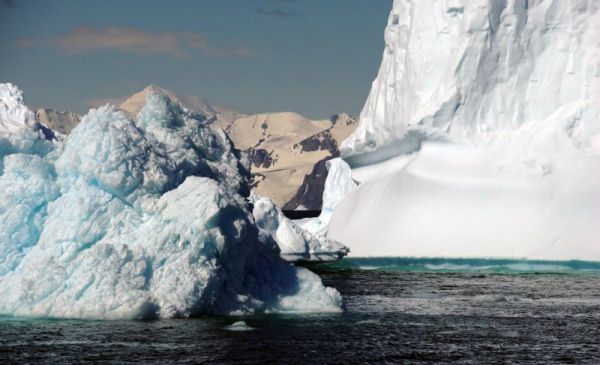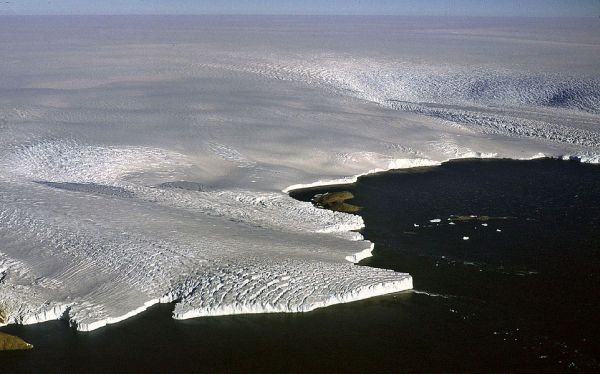Today cities situated along the coast or on the islands are under constant threat, posed by the sea level rise caused due to changes in the climate. As the climate gets warm, sea level would rise due to melting of glaciers and it is known fact that warm water requires more space than compact water stored in the form of ice. Therefore, researchers are continuously monitoring changes in the climate and its impact on the lives of millions of humans that would get displaced if the sea level rise considerably.
According to a study conducted by scientists from the Potsdam Institute for Climate Impact Research and published in Nature Climate Change suggest that even relatively small volume of ice melting on East Antarctica’s coast is enough to start a lasting ice release into the ocean. This ice released into the ocean will result in irreversible sea level rise for next thousands of years. The research is established on computer simulations of the flow of Antarctic ice, employing enhanced data of the ground profile beneath the ice layers.
Author Matthias Mengel, leading the study compares Wilkes Basin of East Antarctica to a bottle lying on a slant position which if gets opened once, will get completely emptied. The Wilkes Basin is the biggest region of marine ice situated on the rocky ground of East Antarctica. At present a fringe of ice is stopping the ice behind from flowing into the ocean, just like the cork of the bottle stops the content in the bottle from flowing out. Though the air that hovers over Antarctica is cold, ice is getting depleted along the coast due to warming oceans. Once this fringe of ice along the coast gets lost this would result in a surge of 300 to 400 centimeter sea level. The complete sea level rise will be approximately 80 times bigger than the beginning melting of the ice cork.
So far, West Antarctica ice sheets were considered unsteady, but now the study has shown that time times larger correspondent situated in the East is also at potential risk of falling apart, said Levermann who is also the lead author of the scientific assessment report on sea level change. The researchers believed that they overstated the stability of East Antarctica and if the half of the ice get lost from the ice fringe on the coast, then the major release of ice would start resulting in the rise of sea level.
Greenhouse Gases can trigger Unmanageable Ice- Melt
Continuous melting of ice would result in the grounding line to withdraw, this is the place where ice on the land meets the sea, begins to float. Beneath the ice and below sea level, there happens to exist an inland sloping valley, withdrawal of the grounding line from its current position makes the edge of the ice facing ocean slightly higher relatively. This results in pushing more ice into the sea by breaking and melting and the process gets faster as the ocean gets warmer.
As per the data derived from simulations, the melting of complete ice from the East Antarctica region would take around five to ten thousand years. But the problem is that once the discharge of ice starts, it would continue until the basin gets emptied. The process will continue even if climate warming is controlled or stopped. The discharge of greenhouse gases in the atmosphere we are initiating an irreversible or uncontrollable process. Such huge surge in sea level poses threat for densely populated coastal cities like Tokyo, Mumbai, New York, London or Hong Kong. Even if we completely stop the emission of greenhouse gases and control other factors that adds to global warming, these problems are less likely to get any better. Very soon these cities would be required to retreat and relocate to save themselves from the rising sea level.
Source: The Potsdam Institute for Climate Impact Research
Image: honeybeesandhelium.com





